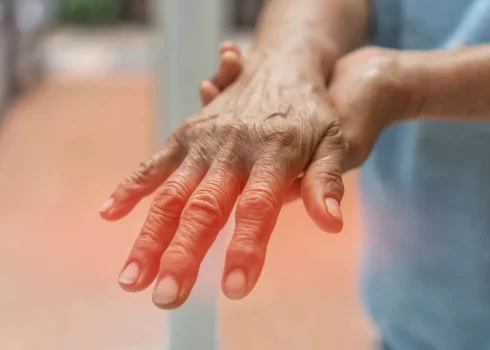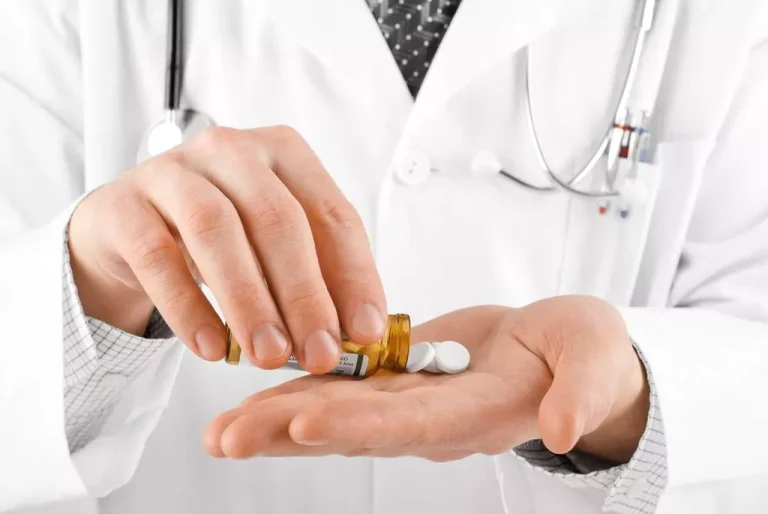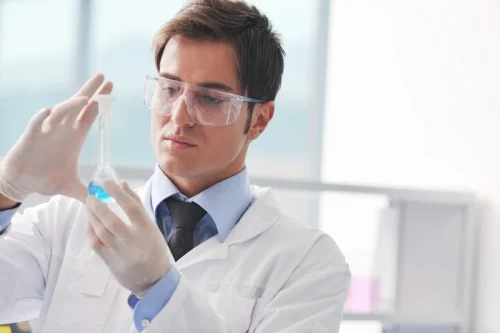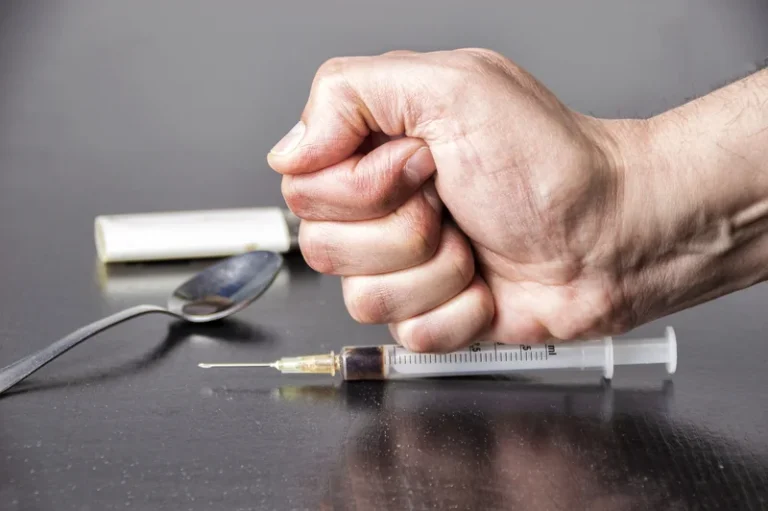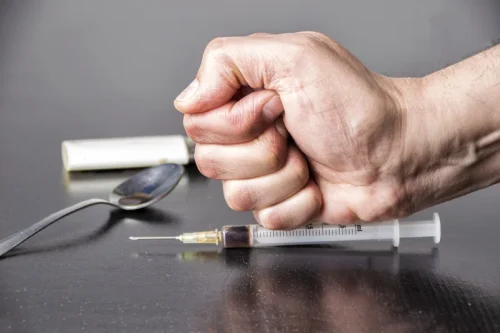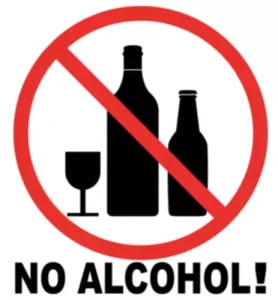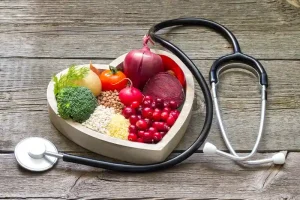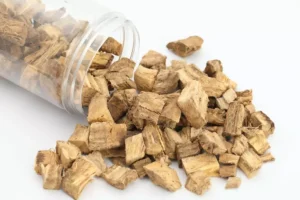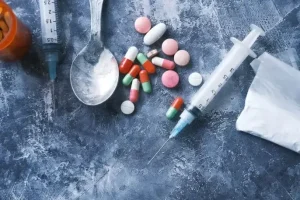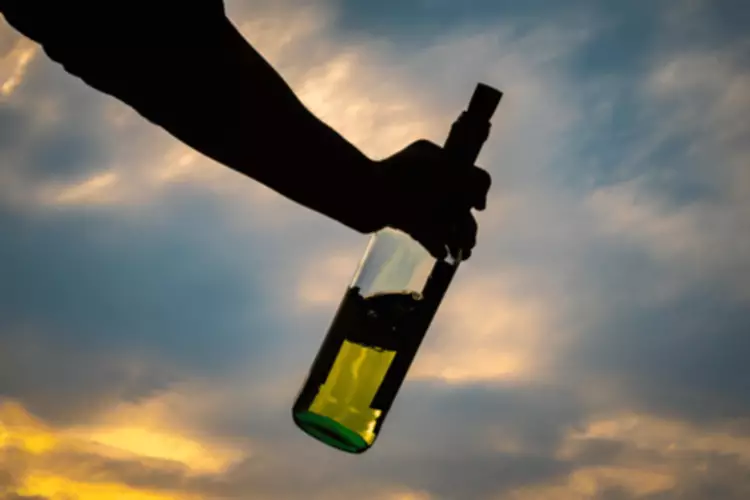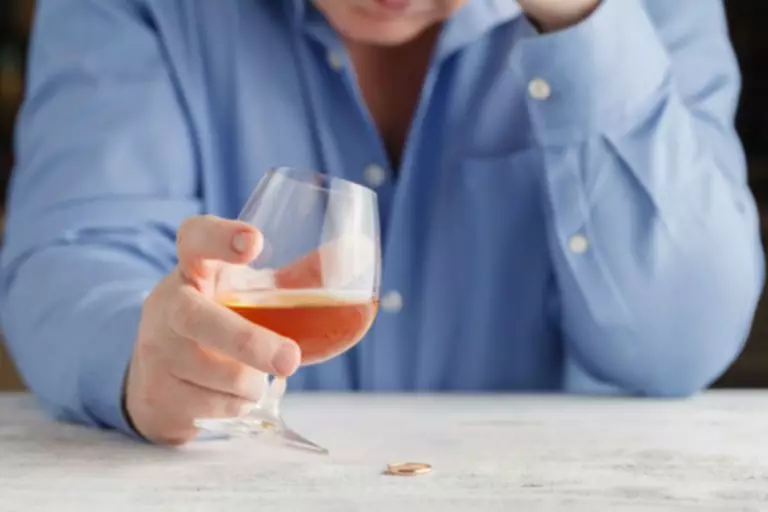
Lower levels of hydration in the body decrease the volume of the cells, which may impact a person’s blood sugar. Experts believe that too much sugar may make dehydration and other symptoms worse. This is likely because of the interaction of sugar and water within the cells. Higher sugar intake causes the cells in the body to transfer more water and increase urination. Energy drinks may contain a combination of dehydrating ingredients.
- As mentioned before, alcohol dehydrates the body by causing it to lose more fluids than it takes in.
- Research also shows that heavy drinking by men may lower testosterone levels and affect the making of sperm.
- Excessive drinking can also lead to a buildup of a toxic substance called acetaldehyde.
- Drinking water while you’re still drunk isn’t going to prevent you from becoming dehydrated, but it may help lessen the degree to which you’re dehydrated.
- The recommended daily limit for alcohol consumption is two drinks for men and one drink for women.
- Did you know that dehydration is one of the most common health issues among people in the US?
How to Rehydrate Fast After Drinking
For example, research from 2017 found that in elderly men at risk of dehydration, moderate consumption of high alcoholic beverages such as wine and liquor caused a diuretic effect. Beverages with lower alcohol content, such as beer, did not appear to have this effect. Therefore, it’s best to moderate your intake of energy drinks and alcoholic beverages and pair these drinks with plenty of water to stay hydrated. Alcoholic beverages, including beer, wine, and liquor, can change your body’s fluid balance by reducing the secretion of vasopressin, a hormone involved in the regulation of urine output (6, 7, 8, 9). While these drinks don’t cause dehydration, large amounts may increase urine production. Cold carbonated drinks may be more thirst-quenching, potentially causing you to drink less water.
- Caffeinated coffee contains about 95 milligrams (mg) of caffeine per 8 ounces, while one 12-ounce soda contains about 33 mg of caffeine.
- For example, some studies suggest that moderate alcohol drinking can affect fertility for some women.
- Experts believe that too much sugar may make dehydration and other symptoms worse.
- Your heart can’t pump blood as well, and that impacts every part of your body.
- Generally speaking, the higher the alcohol content of a drink, the more dehydrating it will be.
How to Hydrate After Drinking
You weren’t planning for a headache, nausea, and endless trips to the bathroom to interrupt this party. A great way to prevent dehydration from alcohol is to make mineral supplements a part of your daily routine. You’ll be much less likely to experience dehydration if your body is already well-stocked with the nutrients it needs to fight back. Since the alcohol content reaches your bloodstream faster, you might find yourself bringing up politics with Aunt Janet just two drinks in.
Does Alcohol Cause Dehydration?
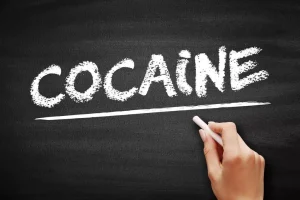
[A mutation] could be why some people are able to have more than five cups without consequence whereas others can only manage one per day [without side effects]. “Just for the record, drinking excessively, exceeding guidelines and binge drinking are not good at any age! Besides dehydration, there are numerous other potential causes of heart palpitations. By following these simple tips, you can help to prevent dehydration and keep yourself healthy. This article will explain how to know if you’re dehydrated, the causes of dehydration, and tips for prevention.
- Listening to your body and learning to recognize signs of dehydration can also be beneficial.
- The amount of alcohol you consume will influence the symptoms you experience.
- As ADH production recovers, the body regains its ability to conserve fluids and limit dehydration.
Does Alcohol Count as Fluid?

On the other hand, some studies show that certain beverages that are often believed to be dehydrating are unlikely to affect fluid balance or increase water retention, especially if enjoyed in moderation. Dehydration causes imbalances in electrolytes (charged minerals in the blood and body fluids involved in many body processes). You can also choose non-alcoholic drinks or mocktails to reduce your alcohol consumption. These drinks can be just as delicious and refreshing as alcoholic drinks, and they won’t dehydrate you. Furthermore, alcohol consumption can also have a direct impact on the brain, leading to a reduction in the production of neurotransmitters, which are essential for the proper functioning of the brain. Over time, this can lead to cognitive decline and memory issues.

There are a number of variables that can change that, such as a person’s liver size. But the idea behind standard drink sizes isn’t that they’re an absolute — it’s that they should be used as guidelines. These measurements are an easy way to keep track of your alcohol consumption and does alcohol dehydrate you gauge how much your body is capable of processing. Ginger comes in several forms, including chews, candies, supplement capsules, teas and tablets. It’s also worth considering how you’re feeling prior to drinking alcohol or caffeine as both could exacerbate existing conditions.
- Consuming alcohol leads to dehydration and can affect several systems and functions in the body.
- Without enough ADH, your kidneys produce more urine, which can lead to dehydration.
- One study with over 3200 participants found excessive alcohol consumption is linked to accelerated facial aging.
- These include things like sodium, potassium, calcium, and chlorine.
- Alcohol works as a diuretic largely because it suppresses the release of a hormone called vasopressin, which is also known as antidiuretic hormone.
- The AV node then transmits the impulse to the ventricles (lower part of the heart), triggering them to contract and pump blood.
- The easiest way to do this is to stop dehydration before it starts — and, no, that doesn’t mean you have to give up happy hour altogether.
She goes on to explain these nutrients also help you retain fluids, while chugging a bunch of water will cause much of it to pass through your system without properly rehydrating you. In other words, the alcohol alone in one standard drink can make your body produce a little less than half a cup of pee. Drinking alcohol on a regular basis can also lead to dependence, which means your body and brain have grown used to alcohol’s effects. A weakened immune system has a harder time protecting you from germs and viruses. Excessive drinking may affect your menstrual cycle and potentially increase your risk for infertility. A damaged pancreas can also prevent your body from producing enough insulin to use sugar.


